The Nekoma Safeguard Complex is a unique place in the history of the US military’s anti-ballistic missile effort. A portion of the Wikipedia entry for this place:
The Stanley R. Mickelsen Safeguard complex in Nekoma, North Dakota, with the separate long-range detection radar located further north near the town of Cavalier, North Dakota, was the only operational anti-ballistic missile system ever deployed by the United States. It defended Minuteman ICBM missile silos near the Grand Forks AFB, North Dakota.
It had reinforced underground launchers for thirty Spartan and sixteen Sprint nuclear tipped missiles (an additional fifty or so Sprint missiles were deployed at four remote launch sites). The complex was deactivated during 1976 after being operational for less than four months, due to concerns over continuing an anti-missile-missile arms race, cost, effectiveness, and changing political rhetoric.
Originally there were to be three Safeguard facilities, with the other two near Whiteman Air Force Base in Missouri and Malmstrom Air Force Base in Montana. The 1972 Salt I Treaty changed things, however. The United States and the Soviet Union, under the terms of the treaty, were each allowed two anti-ballistic missile defense bases–one to protect the national capital, and one to defend an ICBM installation. As a result, Whiteman was canceled prior to construction, and Malmstrom was canceled with construction underway. Only the Nekoma ABM facility was completed, making it the most advanced nuclear antiballistic missile facility ever built.
The Stanley Mickelsen Safeguard Complex reached partial operational capability on the 1st of April, 1975. It received its full complement of warheads and became fully operational on the 1st of October, 1975. The next day, the House appropriations committee, frightened by the cost of the program and questioning its effectiveness in the face of Soviet MIRV technology, voted to pull funding for the base. The Senate concurred 48 days later, and the base was officially shut down on February 10th, 1976.
When we arrived, we were surprised to find the gate standing wide open. The flag was flying over one building, a white pickup was parked in a parking lot, and there was a light in one of the garages, so we decided to go in and see if we could find someone to talk to and get permission to shoot a few photos.
We walked around for a few minutes but nobody appeared to be around, so we shot some photos.
The closure of this base had a severe economic impact on the region. Active duty Air Force personnel were reassigned, but civilian workers were left out of work.
Unemployment in Cavalier County rose to 7.5 percent, and Pembina County, 8.6 percent. People who had flocked to surrounding communities for jobs left just as quickly. The population of Langdon dropped by 45%, Walhalla by 23%, Nekoma by 49%, Cavalier by 43%, and Mountain by 55%. Enrollment at Langdon-area schools fell by half. Businesses that depended on the boom failed in the bust.
This feature is occasionally referred to as “Nixon’s Pyramid”
In short, nuclear missiles would have been launched from this facility to intercept and detonate incoming Soviet ICBMs.
We featured the Stanley Mickelsen Safeguard Complex in our hardcover coffee table book, Ghosts of North Dakota, Volume 1.
This anti-ballistic missile defense facility was linked to other remote facilities in the countryside around Grand Forks Air Force Base. Terry’s dad took some photos of RSL #3 here if you’d like to see an example.
This facility was purchased by a local Hutterite farming operation, and they now farm the land all around the base. We’ve been told the local historical society has been trying to work out the details to turn this into a tourist attraction.
We took these photos not a moment too soon… after we had spent about forty-five minutes taking photos, an angry man in a black truck arrived and claimed we were trespassing. He threw us off the property, and as we left, we discovered we had we missed one ‘No Trespassing’ sign — it was posted on the gate, but because the gate was open, the sign was partially obscured by a fence post. Apologies to the property owner. We meant no harm.
Photos by Troy Larson and Terry Hinnenkamp, copyright © 2016 Sonic Tremor Media
Get Notified
[mc4wp_form id=”59817″]
//pagead2.googlesyndication.com/pagead/js/adsbygoogle.js
(adsbygoogle = window.adsbygoogle || []).push({});

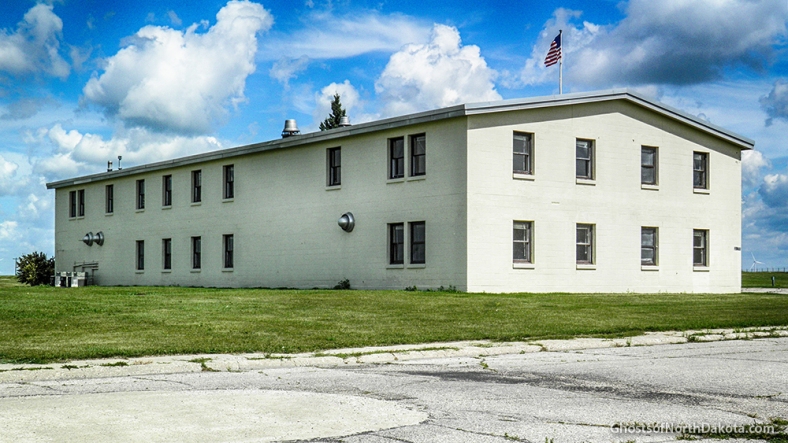
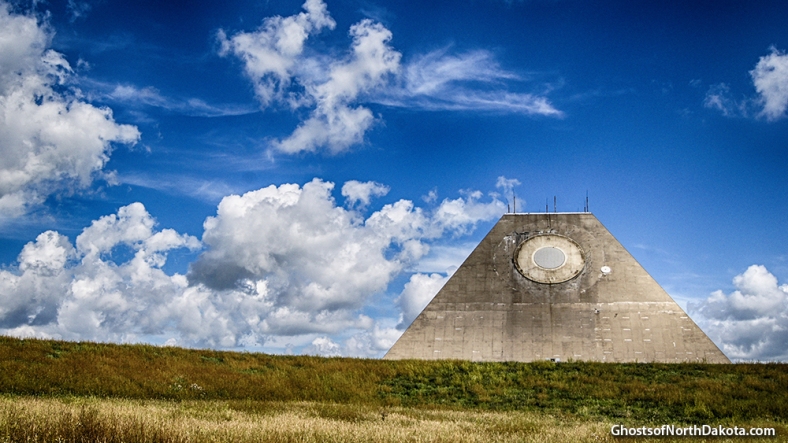
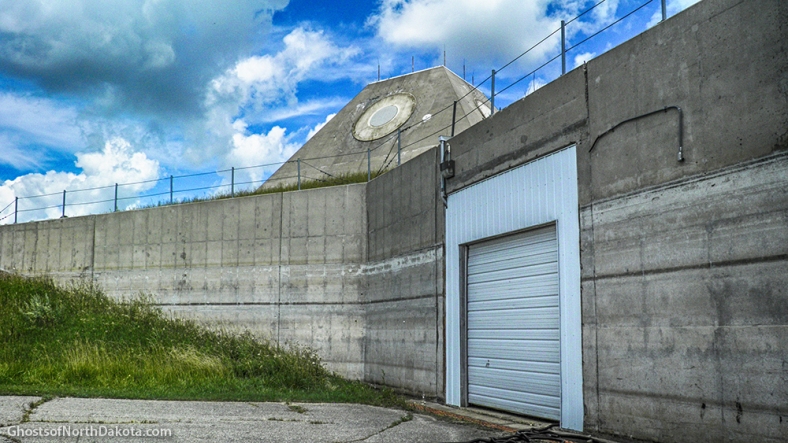
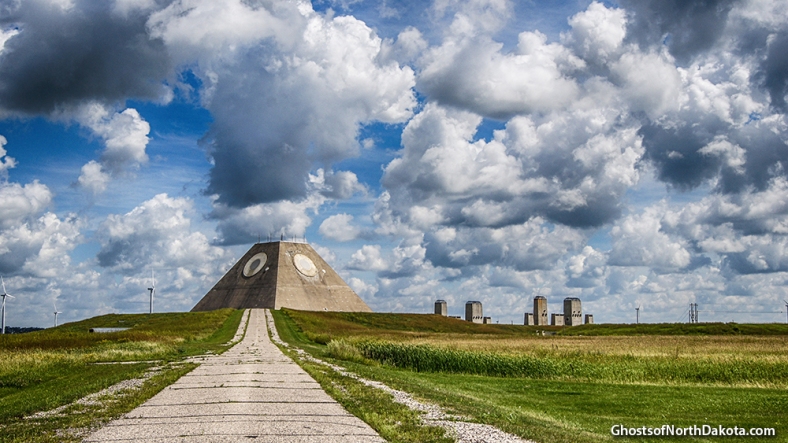

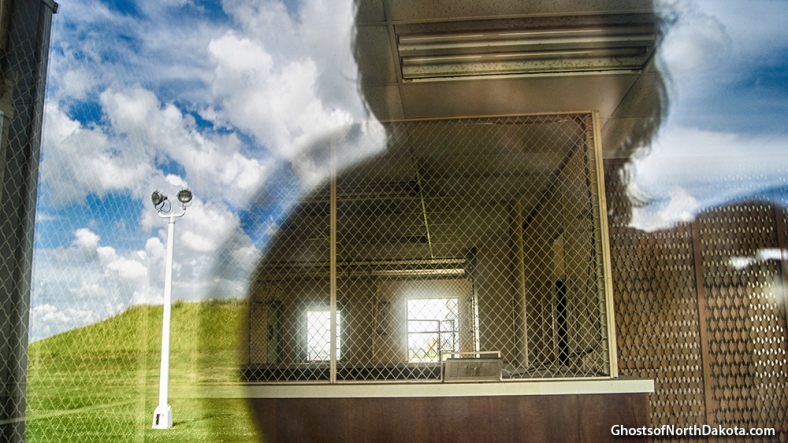
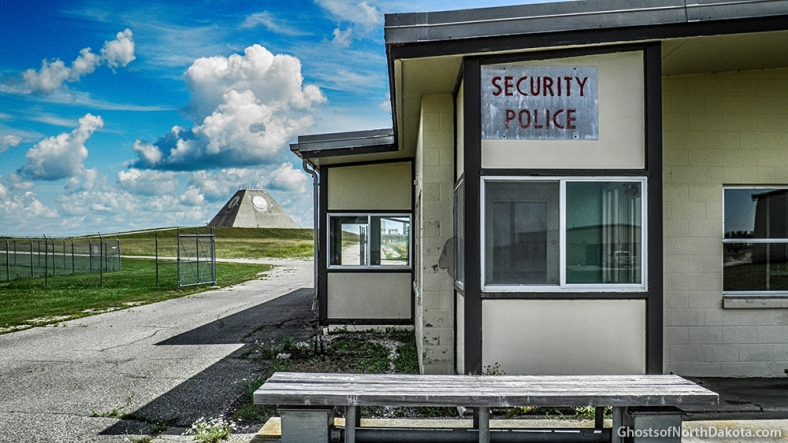
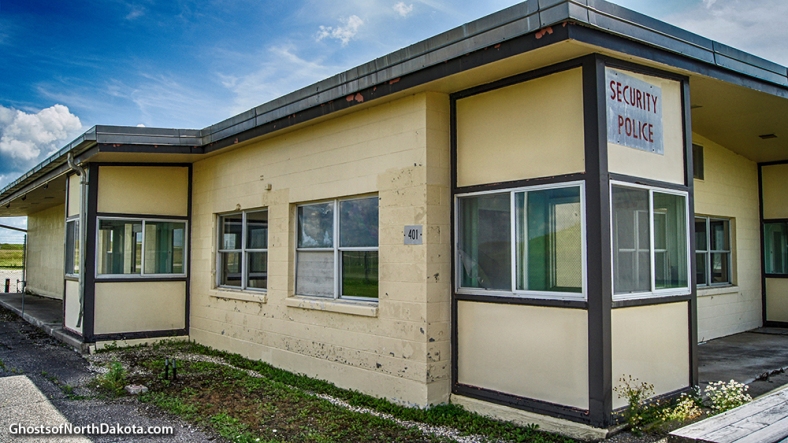
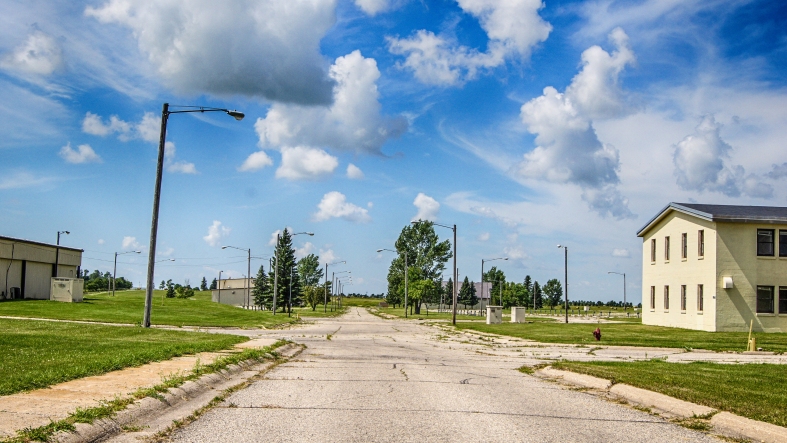
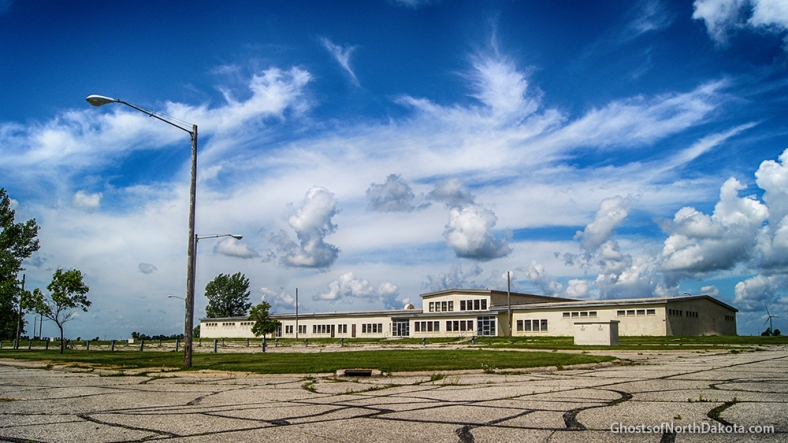
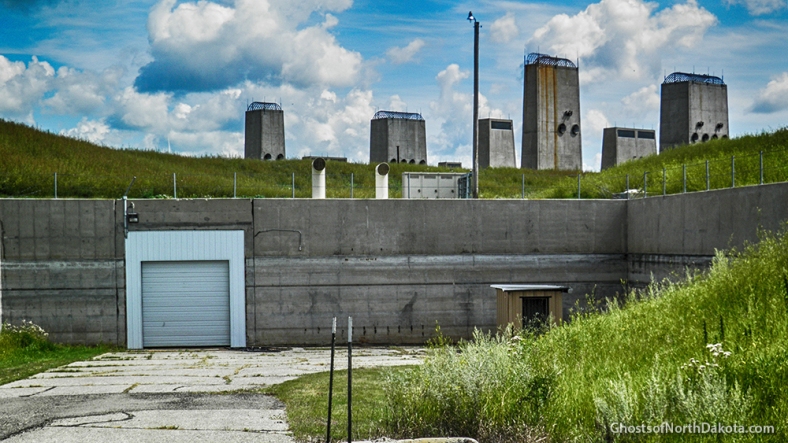
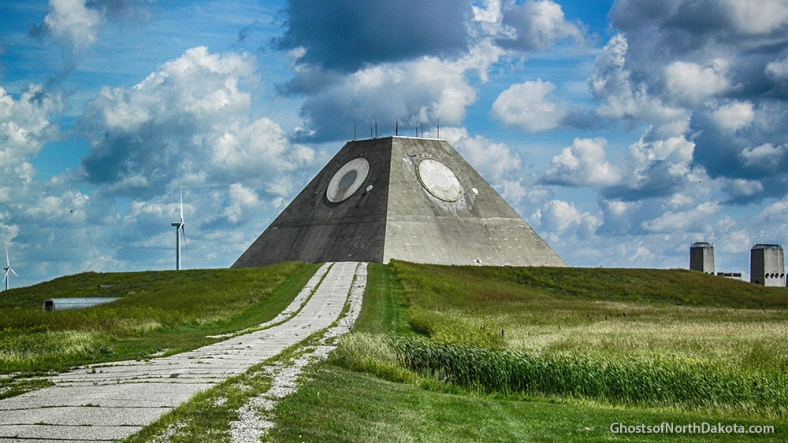

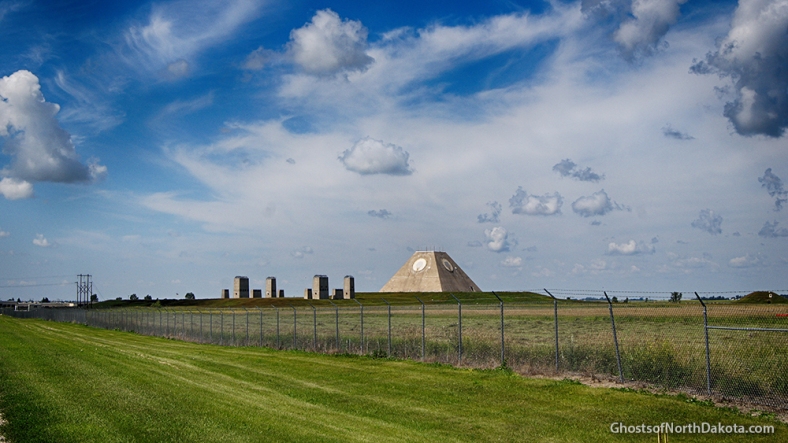
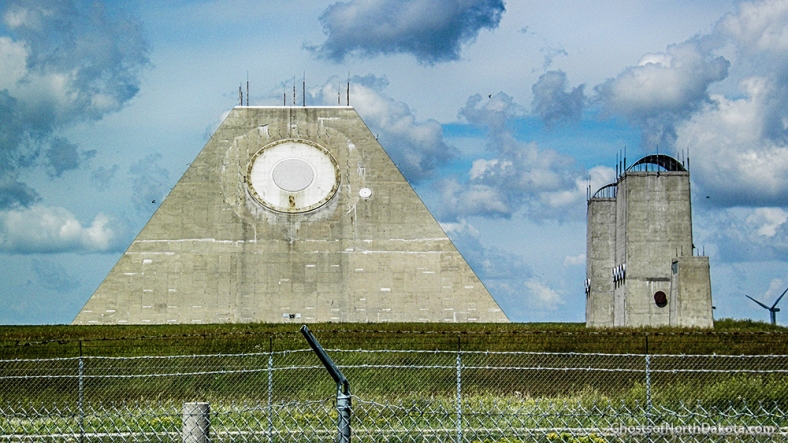
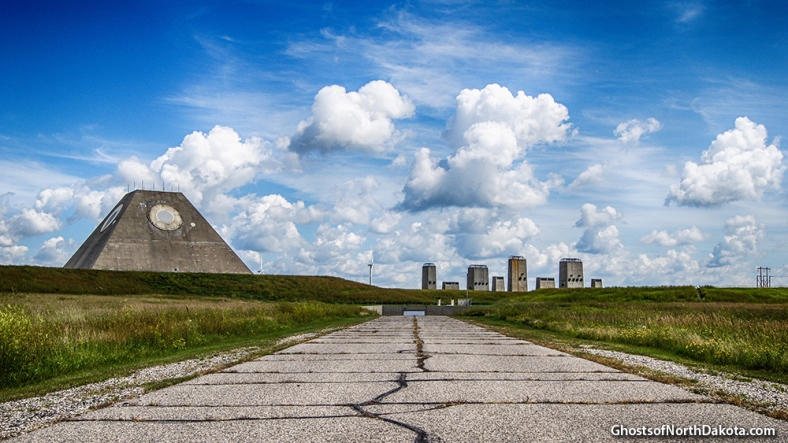

My dad’s family farm was not far from there in Edmore. Went by there many many times!
LikeLike
Been in inside and through truck entrence
LikeLike
I happen to live just a bit over, in Minot, and I’d be pretty interested to visit this place. However, if it is privately owned, which it seems to be, I’d absolutely hate to trespass. Is anyone aware of how to contact those who own/manage this base?
LikeLike
This was an army installation, not air force.my dad was stationed ther, and we lived there from August, 1975 to September, 1976.
LikeLike
This was an army installation, not air force. My dad was stationed there, and we lived there from August, 1975 to September, 1976.
LikeLike
In. 1969 through 1973 I was one of the army personnel that was involved with the building of this site. There was 480 of us involved in it’s been built. I was saddened when Nixon gave it up under the salt talks. As far as I’m concerned they should re-open it and let the world we are ready. Proudly served and still serving My Country.
LikeLike
I worked on this site for 5.5 years, the most exciting job I have ever had.
LikeLike
I was here TDY for the Air Force providing Weather support Jan thru March of 1975. Not sure why I volunteered for this one, but met a lot of nice people and had a good time. Coldest place I have ever lived. Nice to see it without the snow.
LikeLike
During the 70’s I worked on one of the Missle sites installing the heating and ventilation system and the ductwork was very heavy with angle iron on each end and in the middle of each piece of ductwork. As I remember, I heard or noticed the outer walls were 6’ thick. I can’t remember the year I worked there but it was before 1978, and quite an experience. I keep checking The Ghost towns of ND from time to time and try and leave a comment, because I was born in Portal, ND in the North Portal hospital which at that time was the closest hospital and across the border in Canada. I graduated from Columbus, ND in 1951, so North Dakota is my state.
LikeLike
Hey Tad , did you ever know any dvorak’s in the Grafton area?
LikeLike
I worked there for one year in 1974 installing software. Our company knew it was a short term deal, so they brought us in, paid for government housing in Langdon, and paid us to keep our place back home. It is weird to see empty streets where the housing was in Langdon.
I was younger than most of the people at my company, so most of my friends were from other companies and had been hired there and came from places like Minneapolis and had to find their own housing. Then went their jobs went away, it wasn’t like they had a bunch of money to move.
LikeLike